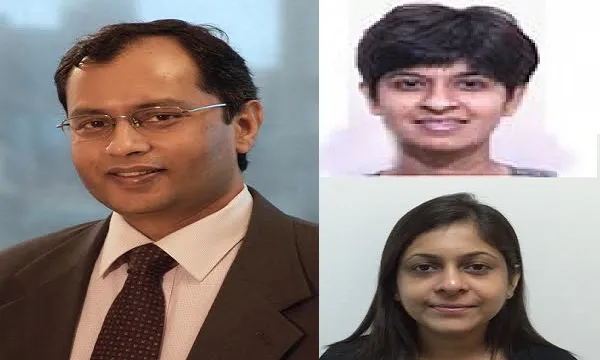
India fervently hopes for its distribution reform’s success
Energy and peak deficit both slid to 2.6% and 4.7%.
The average Indian may hardly be noticing some slight improvements in the country’s power distribution despite numbers revealing that it indeed has become better. Overall power deficits have been significantly--not entirely--overcome in the past year, thanks partially to the 2012 power-sector reform plan for state distribution companies taking a hard bite last year.
The 2012 plan was apparently not too successful as the government was gunning for a big change in distribution and another reform was set in motion around November last year. Analysts reveal high hopes for the new plan as it is deemed to be better structured than its 2012 predecessor. However, Rachna Jain, analyst at Fitch Ratings, says that the take-up rate for the assistance package offered to state governments, and delivering on medium-term commitments on increasing efficiencies and further reducing losses at discoms by the state governments, will determine the success of the new measures.
“The debt-restructuring plan will substantially reduce discoms’ near-term debt burden; and more importantly, their high interest costs, which account for a large share of the discoms’ losses. The federal government appears to recognise that rising power tariffs continue to be a challenge for state governments; thus, addressing the remaining losses is largely expected through reducing technical and commercial losses over the next two to three years, and by reducing generation costs via improved availability of low-cost fuel,” she adds.
Power deficit dilemma
In the past year, India has suffered an energy and peak deficit of 3.6% and 4.7% respectively, down from 8.7% and 9% two years back. The industry expects deficits to recur as growth picks up and rural areas are connected. For these reasons, capacity addition remains a priority for the government.
The National Electricity Plan 2012 targets a new capacity build of 80 GW for 2012-2017, of which 61 GW (72%) has been achieved.
According to Kameswara Rao, partner and energy, utilities & mining leader at PwC India, the distribution network connects about 200 million consumers with a total load of over 400 GW. It is served by 73 distribution companies, of which 17 are privately owned. “Several of the distribution utilities suffer large volumetric losses and are financially distressed. This raises a significant counterparty risk which is manifested in delayed payments to generators and other suppliers,” Rao further explains.
Jain also adds that to somehow solve India’s power deficit dilemma, the long-term success of the reformed programme relies heavily on reducing generation costs via improved availability of low-cost fuel. States opting for the package will have to agree on milestones on efficiency improvements and loss reduction.
Sheoli Pargal of World Bank further emphasises the importance of making sure the programme will succeed. The agenda for addressing distribution performance must now be a priority, she says.
Despite considerable progress in implementing the EA mandates and associated policies over the past decade, the distribution segment continues to post significant losses. Utility finances—critical to realising sector goals—deteriorated sharply over 2003–11.
“These losses are overwhelmingly concentrated among distribution companies (discoms) in the unbundled states and among SEBs and power departments in the states that have not unbundled,” Pargal reiterates.








![Cross Domain [Manu + SBR + ABF + ABR + FMCG + HBR + ]](https://cmg-qa.s3.ap-southeast-1.amazonaws.com/s3fs-public/styles/exclusive_featured_article/public/2025-01/earth-3537401_1920_4.jpg.webp?itok=WaRpTJwE)
![Cross Domain [SBR + ABR]](https://cmg-qa.s3.ap-southeast-1.amazonaws.com/s3fs-public/styles/exclusive_featured_article/public/2025-01/pexels-jahoo-867092-2_1.jpg.webp?itok=o7MUL1oO)









 Advertise
Advertise


